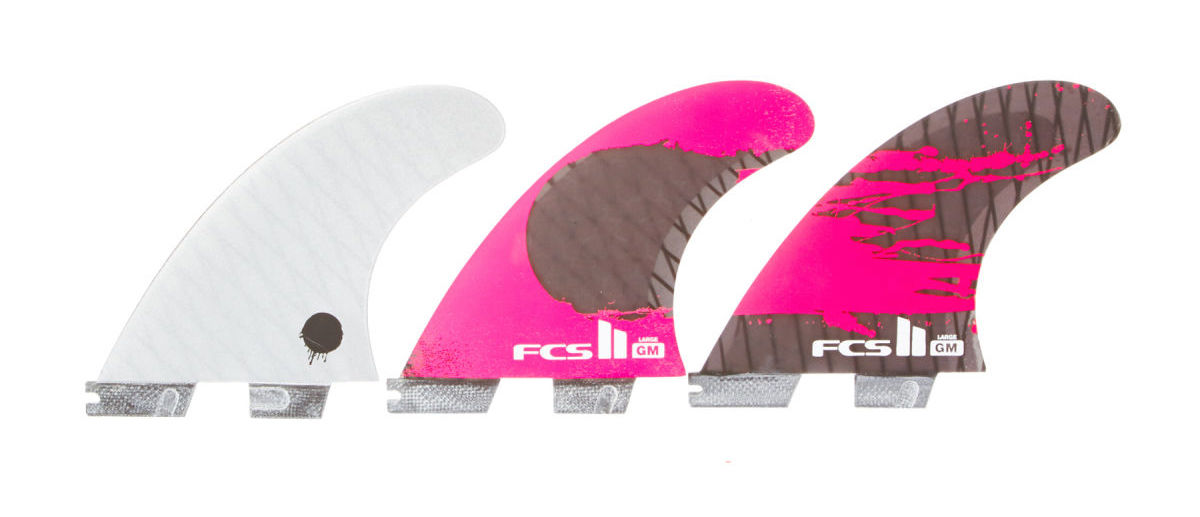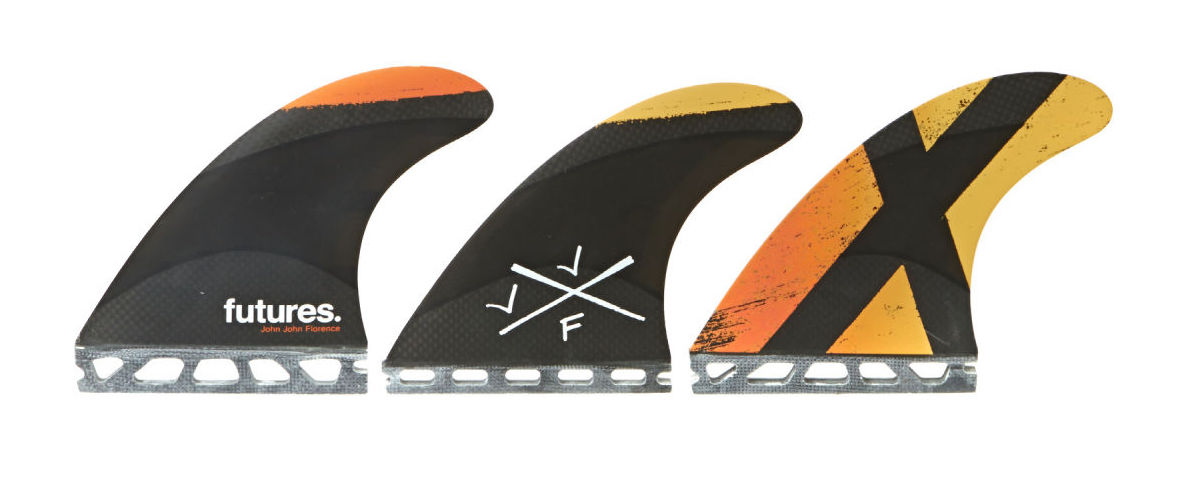You’ve got yourself a surfboard and a wetsuit, now it’s time to accessorize. The field of surfing accessories is endlessly fertile and forever expanding; some of its fruits are entertaining novelties or handy little extras, others you just can’t do without. Here are 7 of the most basic and essential surfing accessories. The chances are you’re going to need all of them.
Surfing Accessories: Surfboard Fins

Beginner surfboards will often use rubber fins, preferable because they’re softer and thus safer. Otherwise your surfboard’s likely to come with a free set of plastic fins, which are fine for beginner to intermediate-level surfers. More experienced surfers are likely to prefer fins made out of fibreglass, carbon or honeycomb because of their superior responsiveness and “feel”.

The two main fin companies are FCS and Futures, whose systems are not mutually compatible. The original FCS I system is probably still the most widely used, but is gradually being replaced by the FCS II system, which new surfboards are more likely to be fitted with. The new system is in theory more efficient and easier to use, its main innovation being that fins click rather than screw into place, obviating the need for a fin key. Futures fins are secured with the aid of a single screw which tightens from the front, sport a more solid base, and are preferred by many top pros.







